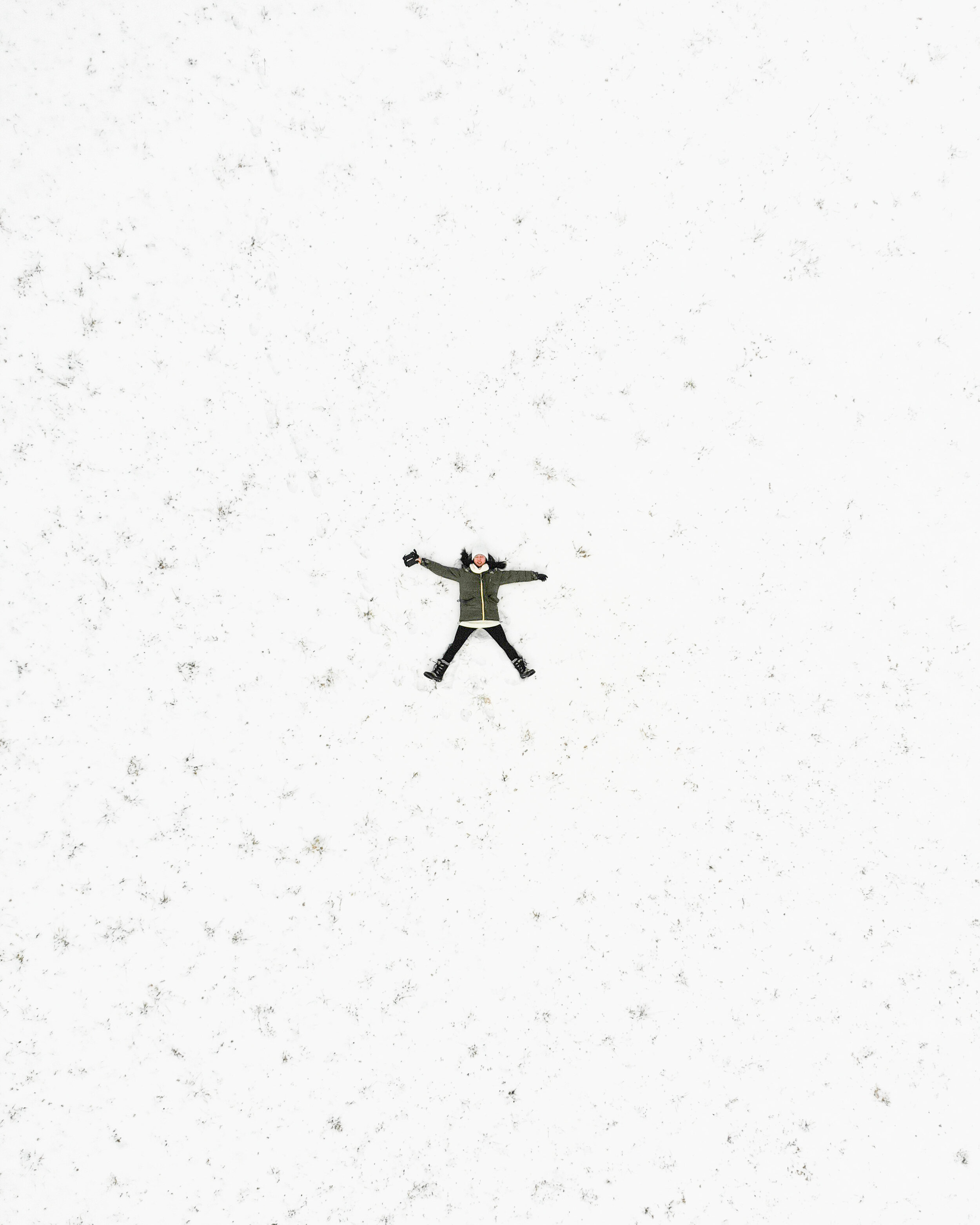How to Use Attention Residue To Be More Productive
You know when you’re multitasking and your mind flitters back and forth so much that you can’t remember which task you were doing?
This happens because of attention residue, a concept I learned about in 2019 that revolutionized the way I live my days.
What is attention residue?
Attention residue is the leftover brain activity from completing a particular task. When you switch tasks, some of your attention will remain with your original task, which will impact your performance on the next concept. It’s a concept I’ve seen come up in several books about time management, productivity and habits, three areas that I’ve become passionate about since moving to the city.
Consider how it feels when you are deep in thought working on a project and your manager comes in and asks you to work on something urgent? You agree to stop what you were working on and change projects, but when you open up the new project, you notice that your brain is still working away at the initial project. It might take half an hour before you can start problem solving the new assignment.
This is Attention Residue at work.
Once I became aware of it, I wanted to figure out how to maximize my effectiveness. In the productivity circles, this concept gets a bad rap because it inhibits your ability to perform when you need to. In my experience, however, it has benefits too.
Being a content creator while working a regular job (and simultaneously completing a masters degree) means that I am moving between multiple projects every week. I’m aware of the impact of attention residue, and here’s how I’m learning to mitigate it’s negative effects and lean into its advantages.
Positive Effects of Attention Residue
If you work on a large scale project multiple days in a row, then attention residue can work miracles for you. Bill Gates was known for working on coding projects maniacally, and I’ve seen how I actually enjoy working on projects like a maniac. I get into a flow state, and I actually want to use my spare time to continue working on my new project.
Compare this to when I have scheduled all my work sessions. I will sometimes experience resistance before my scheduled start time. I end up dipping into my discipline reserves -- my ability to concentrate my attention -- to convince myself to get started. Then it takes longer to get into flow. When I’m working with the effect of attention residue, not against it, there is no resistance to getting started.
Easier to get in Flow state and stay in flow, which makes work enjoyable!
Make substantial progress in a short period of time.
Your unconscious keeps working away at the problem.
Making Use of Attention Residue:
Work on large projects all at once.
I’ve learned that video edits are best completed in a short period of time. One day’s work of edits percolates in my mind and the next day, I can build on what my mind has sorted through. If I space my edits out over too many days, I lose the positive effect of attention residue. When I know I have something big coming up, I let it take over my life for a short period.
2. Let yourself work like maniac when you want to.
There have been times when I dip into sleep or into my weekend rest timehttp://www.anitawinglee.com/blog/how-i-used-my-introversion-to-become-a-super-producerp in order to complete a project. It gives the project a sense of play. Sometimes I’ll stay late at work to complete something in one day, instead of chopping it up. This is not always practical or possible, but when
3. Give yourself breaks between large projects.
If you don’t give yourself breaks, your brain will take them anyway by refusing to start the new project. It’s best to allow space for rest and celebration. I use these breaks for celebrating the completion of a project and it lifts my morale and keeps me inspired. Leaving space in between projects helps your brain know when to turn on and turn off.
4. Batch work as much as possible.
When I’m working on a video, I only work on that. When I’m editing photos, I only do that. When I am in filming mode, I don’t worry about how it’s going to look on Youtube. I focus on doing the best I can with what I am doing. I work to create separation between my creative tasks, so that I can enjoy it and get it done faster.
Add attention residue to your creative arsenal and watch your productivity soar!











